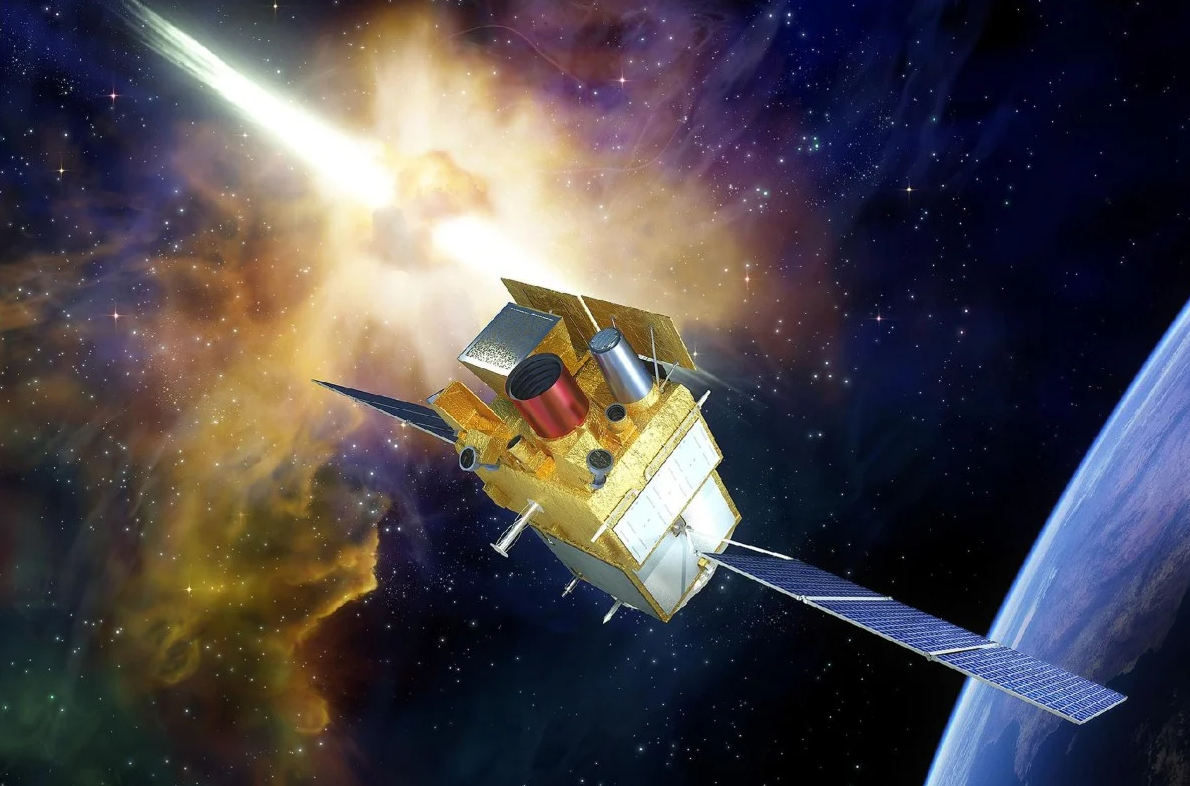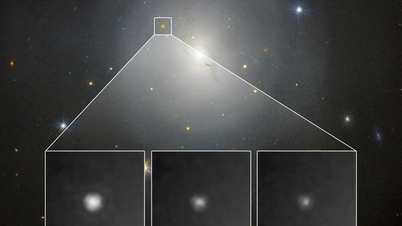
Simulation of SVOM satellite in earth orbit
According to AFP, the Long March 2-C rocket took off from the Wenchang spacecraft launch site in Sichuan province, carrying the Space Volatile Object Tracking (SVOM) satellite into Earth orbit.
The SVOM satellite weighs 930 kg, is equipped with 4 main instruments (2 French and 2 Chinese) and is tasked with searching for gamma-ray bursts (GRBs).
GRBs typically occur after the explosion of massive stars, which are more than 20 times the mass of the Sun, and release extremely bright beams of energy equivalent to more than 1 billion suns combined.
Observing GRBs is like looking back in time, because the light from these events takes billions of years to reach Earth, according to AFP, citing expert Ore Gottlieb of the Center for Astrophysics at the Flatiron Institute in New York (USA).
These beams carry clues about the clouds of gas and matter from the galaxies they pass through on their journey through space to Earth. This is invaluable data if humanity wants to better understand the history and evolution of the universe.
"SVOM has the potential to unlock some of the mysteries of the GRB field, including detecting the most distant, and therefore earliest, GRB in the universe.
To date, the most distant GRB ever detected occurred when the universe was about 630 million years old, at the dawn of the universe.
Source: https://thanhnien.vn/phap-trung-phong-ve-tinh-san-lung-nhung-vu-no-uy-luc-nhat-cua-vu-tru-185240622152435993.htm





































































































Comment (0)